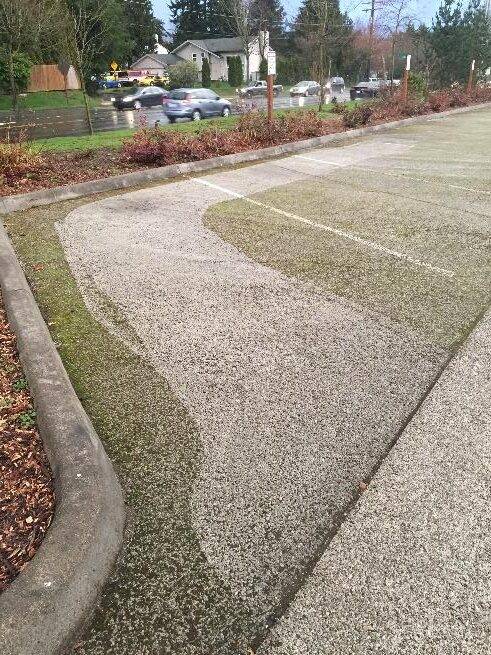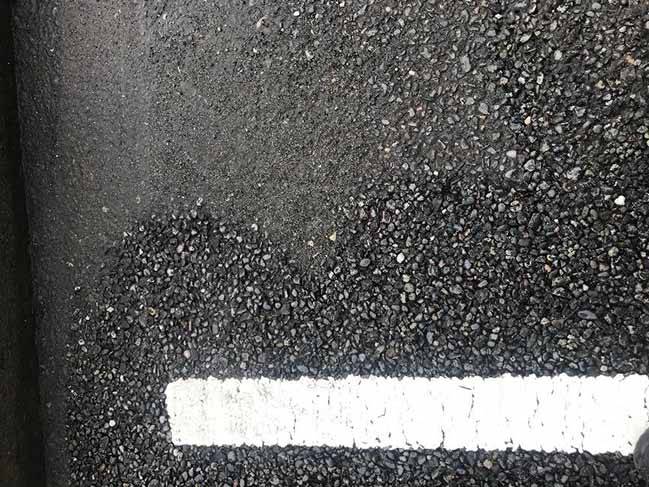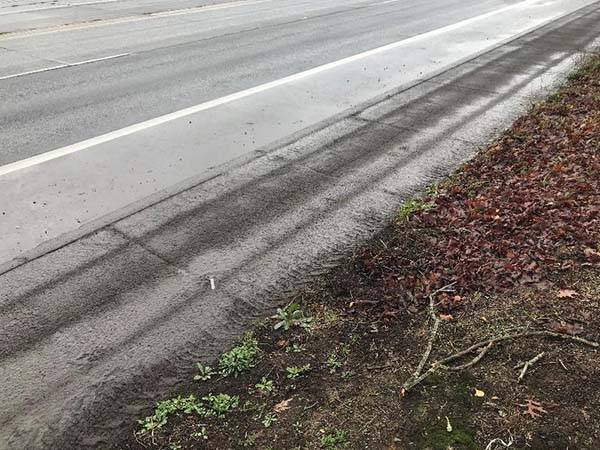Pervious Pavement and How to Clean It
When Pervious Pavement Penetrated the Market
In the early days of pervious installations, the importance of maintenance was rarely mentioned. Back in the day, I listened to a host of experts on the subject showing their pervious installations and forgetting the important discussion of maintenance once installed. The Pacific Northwest was especially aggressive with the new technology because their interest was focused on protecting Puget Sound in a very rainy environment.
Even there, rarely did you hear the word maintenance in APWA and other stormwater conferences. A hard, paved surface was treated as a hard, paved surface. Not surprisingly, BMP for hard surfaces were generally not changed. The cleaning process for pervious pavement practice for years had been and continued to be conventional mechanical street sweeping, or brush type sweeping enhanced with vacuum or regenerative air retrieval systems.
Improved Pervious Percolation Performance Through Appropriate Maintenance.
The unique conditions in the Pacific Northwest, however, lent itself to a tattle tale visual cue that new techniques were needed to maintain the new pervious surfaces to best effect. Accumulated dirt and organic material filtered out by the pervious surface provides an excellent growing medium for moss.
In the Northwest, when pervious sidewalks and parking lots became green and slick when wet, it was the pervious installations crying out for help. Dirt and organics filtered out by pervious in other parts of the country just do not have the climatic advantage of that in the Northwest, so the pervious surface cannot so loudly cry out for help – and improved maintenance practices.
Subtle and Not-So-Subtle Views of Clogged Pervious

Street View. Note lack of surface texture in upper left area of photo. “The filter was full.” Lower right shows the pervious after one pass of MCV emptying the filter

Macro parking lot view. Can’t miss this cry for help in the Pacific Northwest. (Im)permeable concrete being made permeable again. Path made by single pass of MCV.
While both the areas pictured had been swept traditionally on a regular basis, neither of them had any meaningful percolation rate prior to proper treatment to bring back the original functionality.
Keeping Pervious Effective Cost Effectively
It is a FACT that sooner or later your pervious pavement will clog and be less effective than when it was new. All sites have their own characteristics. Identify the sources of the debris and dirt that are migrating into your pervious:
- Trees and nearby or overhanging vegetation;
- Particularly seasonally in spring (budding) and fall (shedding).
- Run-on from nearby unpaved areas, especially nearby bare slopes
- Road traffic
- This is also a large source of hazardous pollutants that will transport via stormwater.
- Road sand / cinders. (!)
- Piling plowed snow, with dirt and debris with it, on a pervious surface
- Designed inflows from larger areas to the pervious receiving area
- The landscaper that dumps his truck load of topsoil or mulch directly on the pervious for his momentary convenience. (!) — you know I am not kidding, right?
- Airborne dust and particulates
- (Coastal) Bird excrement. (!)

Totally covered and clogged pervious sidewalk downhill from, and adjacent to, an untended bare slope. Photo from fall, 2020 during percolation recovery operation. Yes, it was brought back to a useful life.
The fact is that while effective recovery and periodic maintenance require high pressure wash applied with simultaneous vacuum, conventional sweeping has a role to play in extending the periods between deep, sub-surface cleaning with high pressure water and simultaneous vacuum recovery.
The most cost effective, long-term maintenance for your pervious surfaces will consist of a judicious, well-thought-out program using both methods. A deeper dive into balancing these two cleaning methods is provided in Triverus’ Pavement Maintenance Cleaning Guide.
Through contract service work for municipalities that are still expanding their use of pervious pavement, Triverus has experience with a large number of variable pervious pavement applications and conditions. 90% of our contract service work has been aimed at recovering percolation rates of clogged pervious asphalt and pervious concrete, while only about 10% could be categorized as maintenance of pervious pavement.
Municipal satisfaction with percolation recovery results is now leading more and more often to contracts for pervious maintenance work or vehicle procurement by the municipalities themselves to establish consistent pervious pavement maintenance programs. This trend is enhanced where state or Federal assistance is available (e.g. Washington State) to assist local procurement of pressure wash /simultaneous vacuum type equipment.
Want to talk more about methodology through email or a site visit by Triverus? Get in touch with us today.
